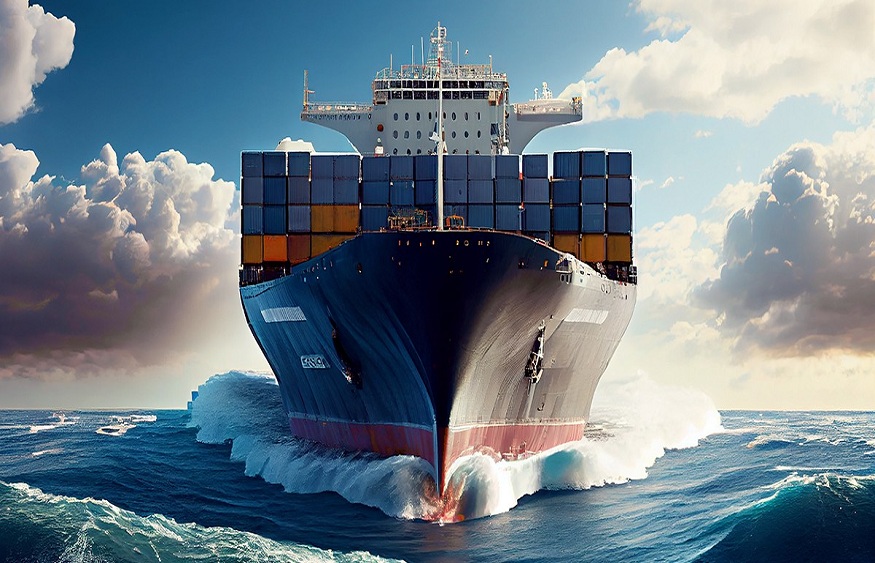Global trade is picking up speed, but so are its challenges. However, adapting to swift and economical transportation modes can address a majority of logistical concerns. This is where multimodal logistics changes the ball game all together. By combining diverse routes—rail, air, road, etc.—it exponentially connects economies all over the globe. It springs as an effective and flexible solution to businesses worldwide.
Narrowing our focus to an eminent mode, today we discuss how B2B ocean freight services revolutionise business when clubbed with other efficient routes. It makes the transport and delivery smarter, seamless, and swift.
How Ocean Freight Solutions Improve Multimodal Logistics
1. Best Suited for Bulky Shipments
There’s a reason why 90% of the globe relies on sea freight to meet their shipment needs. With a large-scale capacity, it surpasses any other route’s ability to deliver bulky goods across borders. It is often selected as a default mode for industries like FMCG, retail, and agriculture, whether the cargo goes out as raw materials or finished goods.
2. An Inexpensive Alternative
Considering the huge cargo movement, ocean transits are cheaper compared to other routes. Further breaking it down to per-unit cost showcases how the expenses lower substantially. It’s a clear win in comparison to air freight and has been deemed ideal for long-term global trades. Various sectors prefer third-party ocean freight shipping companies as it seems like a budget-friendly and seamless option.
3. Compatible with Intermodal Containers
Freight companies in India adopt intermodal containers that can be effortlessly moved across distinct routes. With these containers, businesses no longer have to go through the hassle of loading and unloading cargo. It’s smart, saves time, and suits any route—road or rail. The ease of moving it in and out of a ship makes ocean transit an appealing mode.
4. An Eco-conscious Effort
Businesses are increasingly choosing sustainable practices due to their social responsibilities, customers’ preferences, and brand image. As a carbon-efficient mode, it reduces the generation of greenhouse gas emissions as compared to air or road transit. If we calculate it based on the huge cargo shipments, the carbon footprint or emissions per ton-kilometer is lower than the standard count.
Prominent Problems and Solutions
Though ocean freight excels in undertaking bulky shipments, it isn’t as rapid as air transportation. The infrastructural limitations, shifting regulatory norms, fluctuating fuel prices, exchange rates, etc., are some of the many disrupters. As for maritime infrastructure, surging developments are resolving concerns around port congestion and connectivity.
The bigger hurdle—transit time—is best tackled with the help of third-party freight companies in India. Their multimodal logistics solutions lower transit time and delays. As a flexible service, it enhances responsiveness to customers’ rising demands while eliminating supply chain bottlenecks.
Conclusion
By pairing sea freightwith alternate transportation paths, contract logistics solutions customise the multimodal transit as per an industry type. For instance, a combination of ocean and rail is ideal for the supply of coal, ores, and raw materials. Likewise, pairing sea shipments with on-road truck transportation fits the retail last-mile delivery scenario.
Multimodal logistics uses the strengths of a given route to overpower the shortcomings of the other. But being a key player in the global supply chain market comes from partnering with an established logistics provider. From leveraging a wide network for ocean transportation to easing out regulatory compliances, these strategic logistics solutions help businesses succeed efficiently. Let your goods be on the move as you lean on contract multimodal logistics solutions to handle the rest for you.

